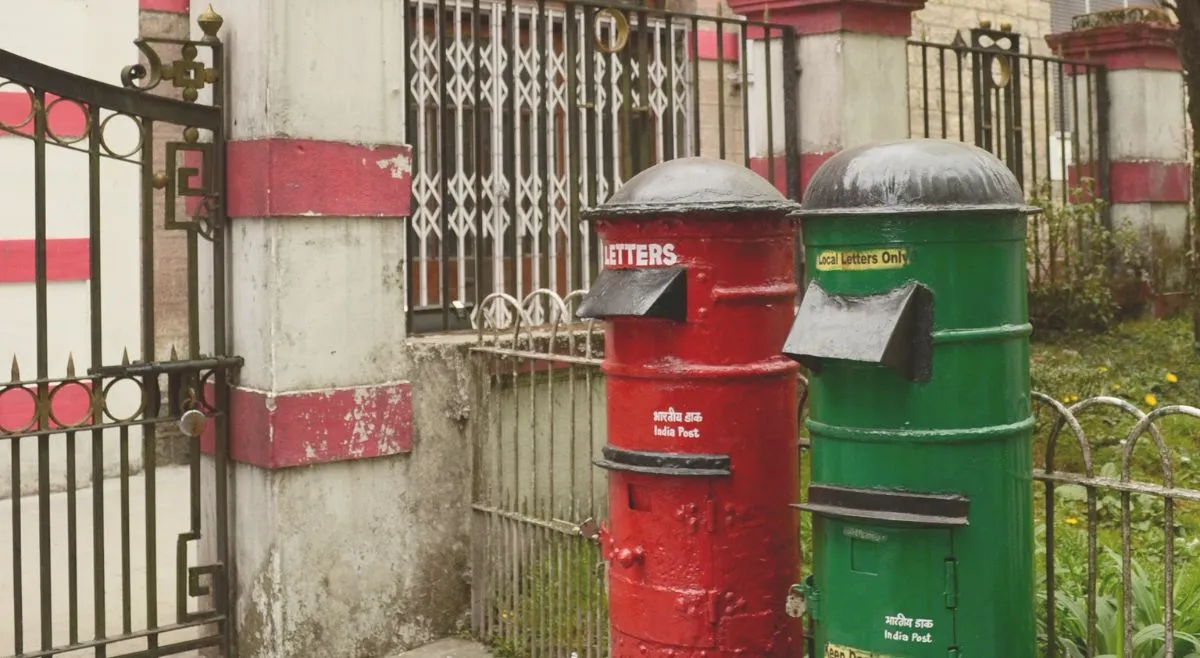- By Ridam Sharma
- Thu, 09 Oct 2025 01:58 PM (IST)
- Source:JND
First Post Office Of India: World Post Day is celebrated every year on October 9th, to commemorate the anniversary of the formation of the Universal Postal Union (UPU) in 1874 in Switzerland. The day also marks the early contribution of the postal system and how it paved the way for interconnectivity despite the distance. A Postal system not only made communication easy but also improved trade globally. The theme of World Post Day 2025 is “Post for People: Local service. Global reach,” which highlights the contribution of workers behind the global network. However, have you ever wondered where India’s first post office was established?
Where Was India’s First Post Office Set Up In 1764?
India’s diverse postal history goes back over 250 years. The first-ever post office in India by the British East India Company in 1764 was situated in the city of Mumbai (formerly known as Bombay), according to the Testbook data. The East India Company initially established Post Offices in Mumbai, Chennai and Calcutta (now Kolkata) between 1764 and 1766, according to the Postalmuseum.org.
The Mumbai post office was made for British East India Company employees, and later got used for public use, becoming the stepping stone of India's extensive postal system. With time, the postal system was brought to villages and urban areas, which interconnected the country as a whole.
Also Read: Which Indian Place Has The World’s Only Floating Post Office?
Today, India Post is the largest postal network in the world with 164999 post offices across the country, out of which most post offices are situated in rural areas. The best part is, the indian postal network is not just stuck to letter delivering, now it processes banking services, insurance, e-commerce parcel delivery and a lot more, up-to-date postal services.
The vital history of India’s postal services showcases the development of the Indian Postal system, from horse-carriage mail to the modern era’s digital tracking systems. The technology is ever-evolving with newer ways of communication, and the digitalisation of postal services continues to be important because they are reliable, inclusive, and government-endorsed with trust.

